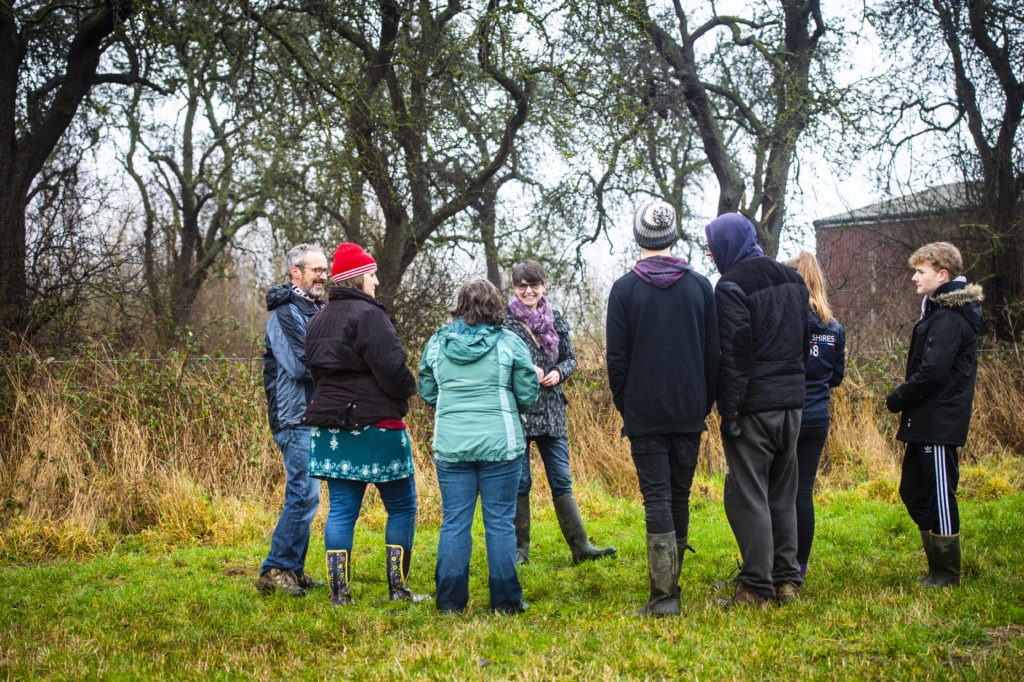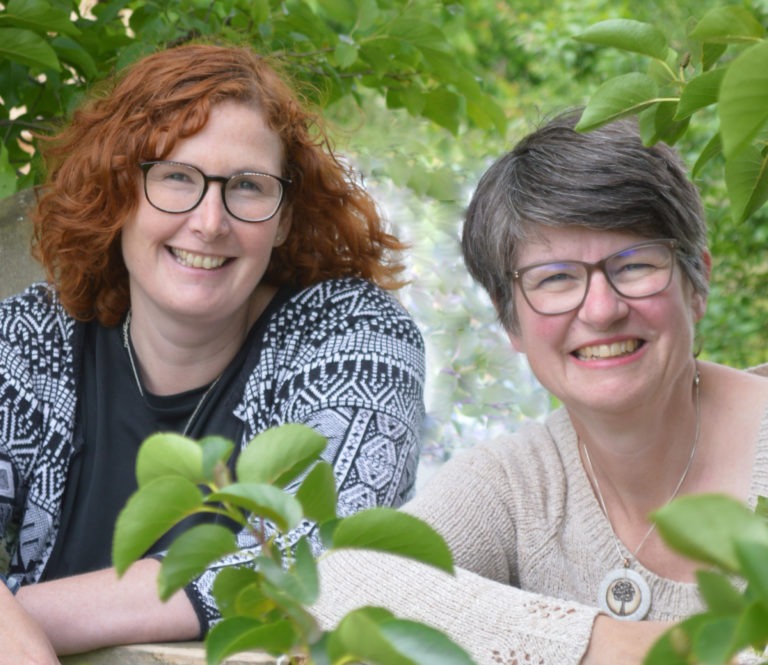
Rooted Leadership talk at Disrupt HR
Want to hear regenerative leadership explained in 5 minutes? Here’s a video of me speaking at Disrupt HR event in Nottingham. If you’d like to
People often look at me as if I’m bonkers when I say that trees can see. But when you think about it, it’s obvious that trees and plants can ‘see’ because we can observe them angling their leaves towards the light and moving to track the Sun through the day. This is easier to notice with sunflowers, but time-lapse photography of trees shows they do the same. Trees and plants also use light to know when to flower. Gardeners often take advantage of this – for example, for the Chelsea Flower Show in London each May, exhibitors trick plants into flowering out of season by subjecting them to artificial dark and light regimes, and then bring them out ready for a final flourish. Amazingly, plants and humans share the same genes for sensing night and day, proof that we are related in more ways than you might think.
Plants can even differentiate between colours (blue is the colour that they prefer bending towards) , and, unlike us, they can detect ultraviolet and infrared light They can ‘smell’ too – ethylene causes apples to ripen in sequence after one fruit detects a waft from another. They can recognise the saliva of insects and can remember things such as day length. To learn more about how trees perceive what’s around them I recommend the book What A Plant Knows by Daniel Chamovitz, a fascinating analysis of the full range of plant senses, along with the relevant scientific research.
Our human senses may not be exactly the same, but the Observe and Interact group of principles are all about how we can employ them to our full advantage, just like trees do. When we learn how to harness the powers of observation, everything else follows, and we can take in information from our surroundings, and process it to best benefit us.

Image copyright Beth Walsh

Want to hear regenerative leadership explained in 5 minutes? Here’s a video of me speaking at Disrupt HR event in Nottingham. If you’d like to

In “No More Gold Stars,” Carol Sanford challenges conventional notions of achievement and success. Carol is a renowned business consultant and educator and what struck

This week has felt a little bit epic! I have found myself taking deep, exhaling breaths as I sit with the medley of feelings I have